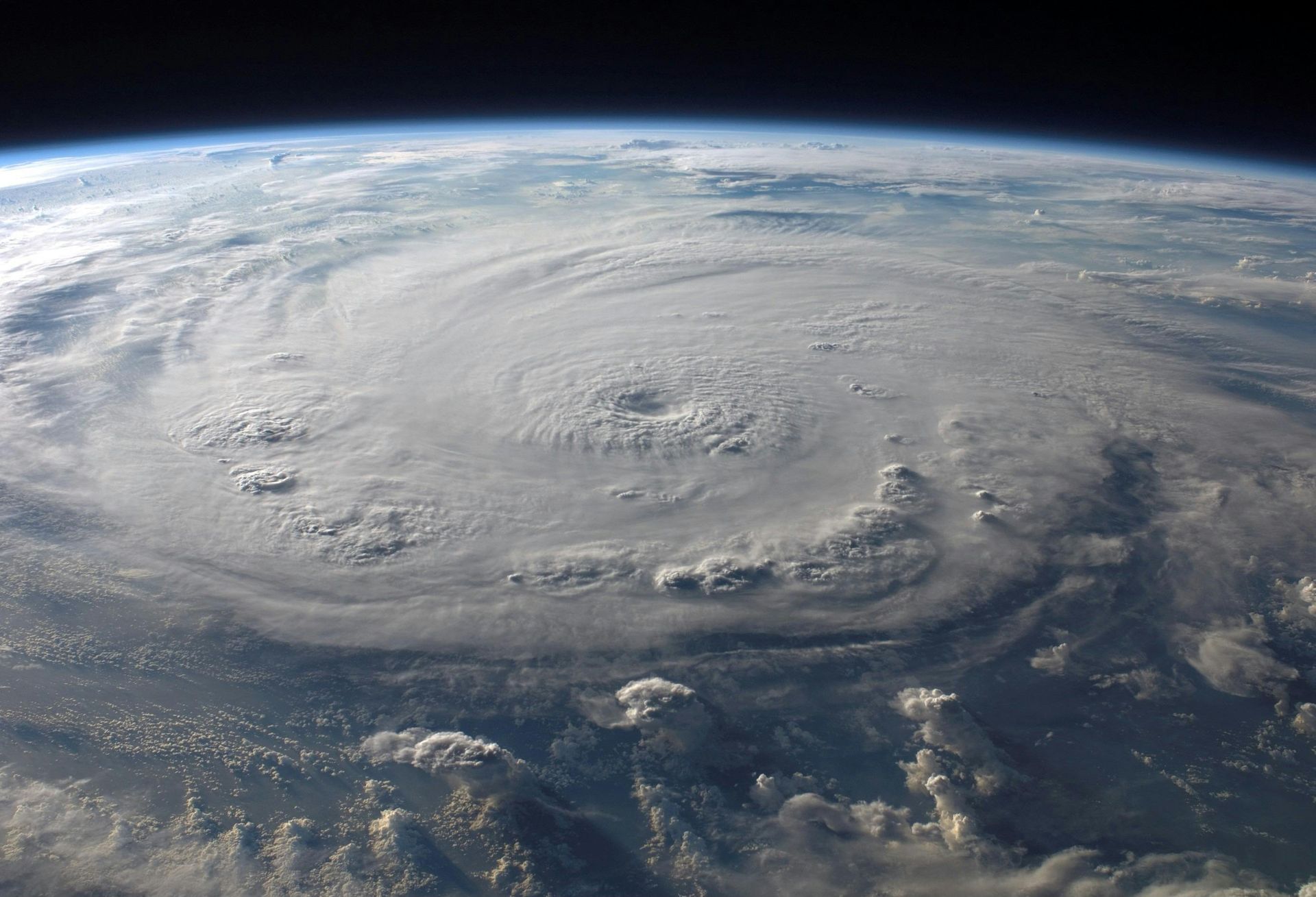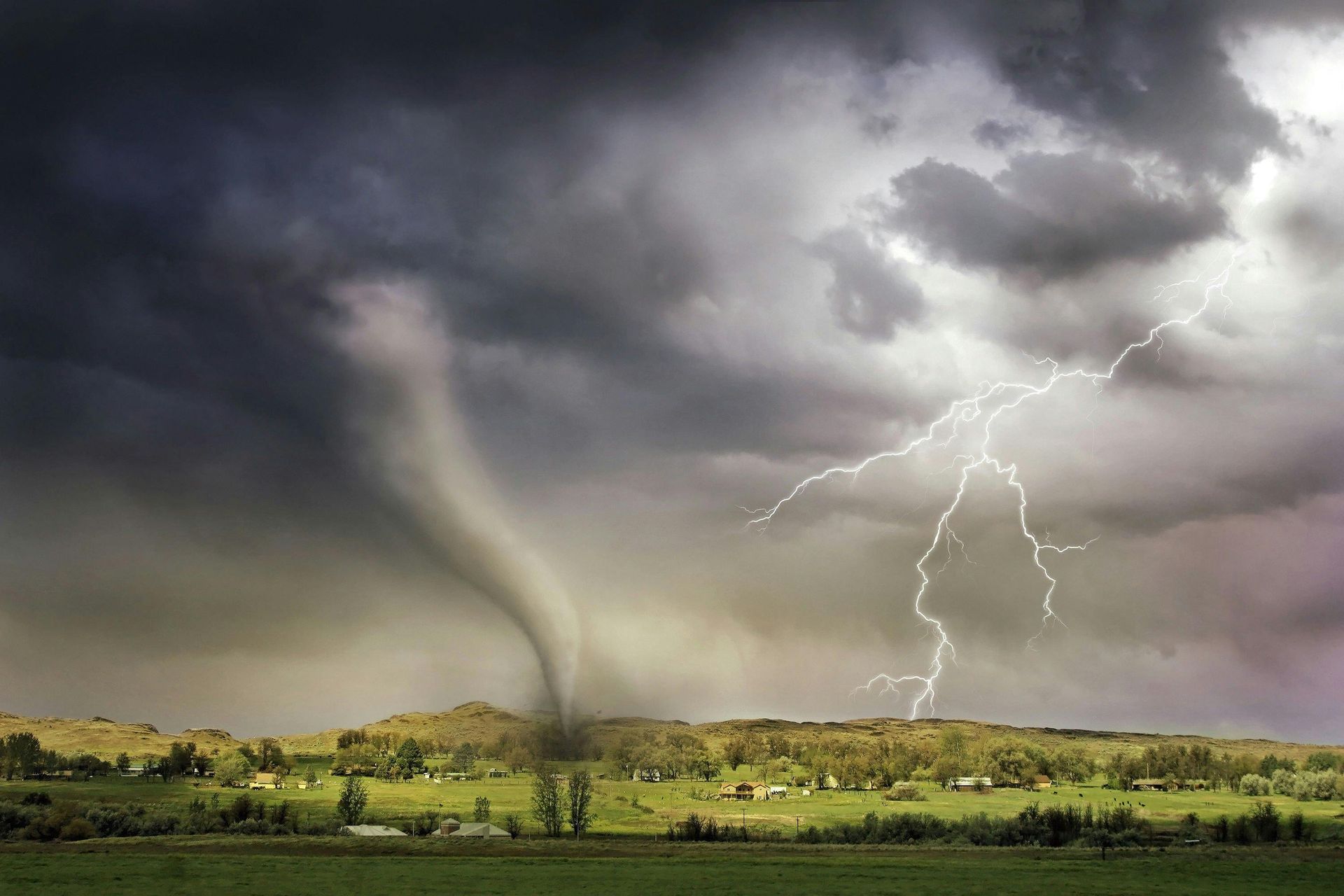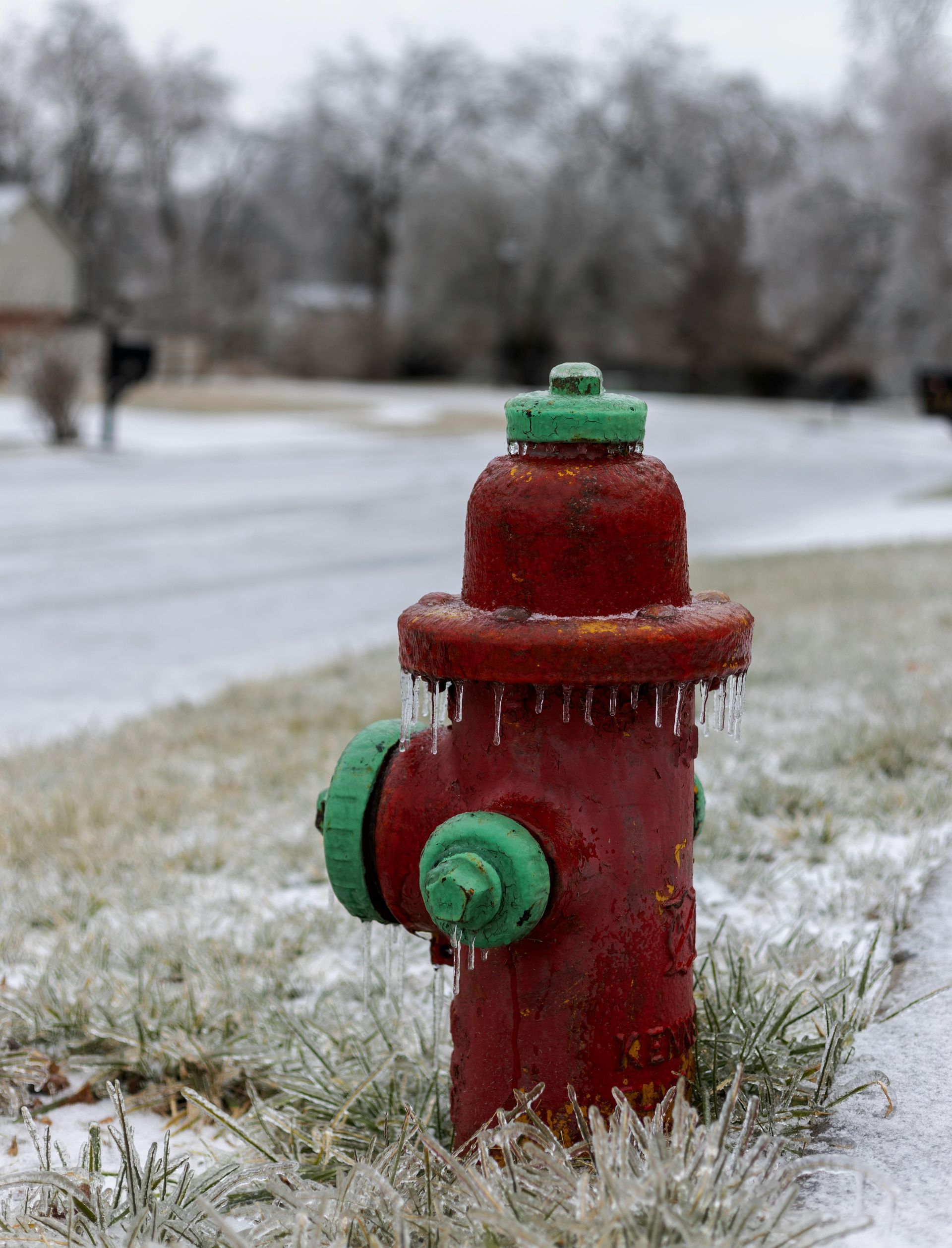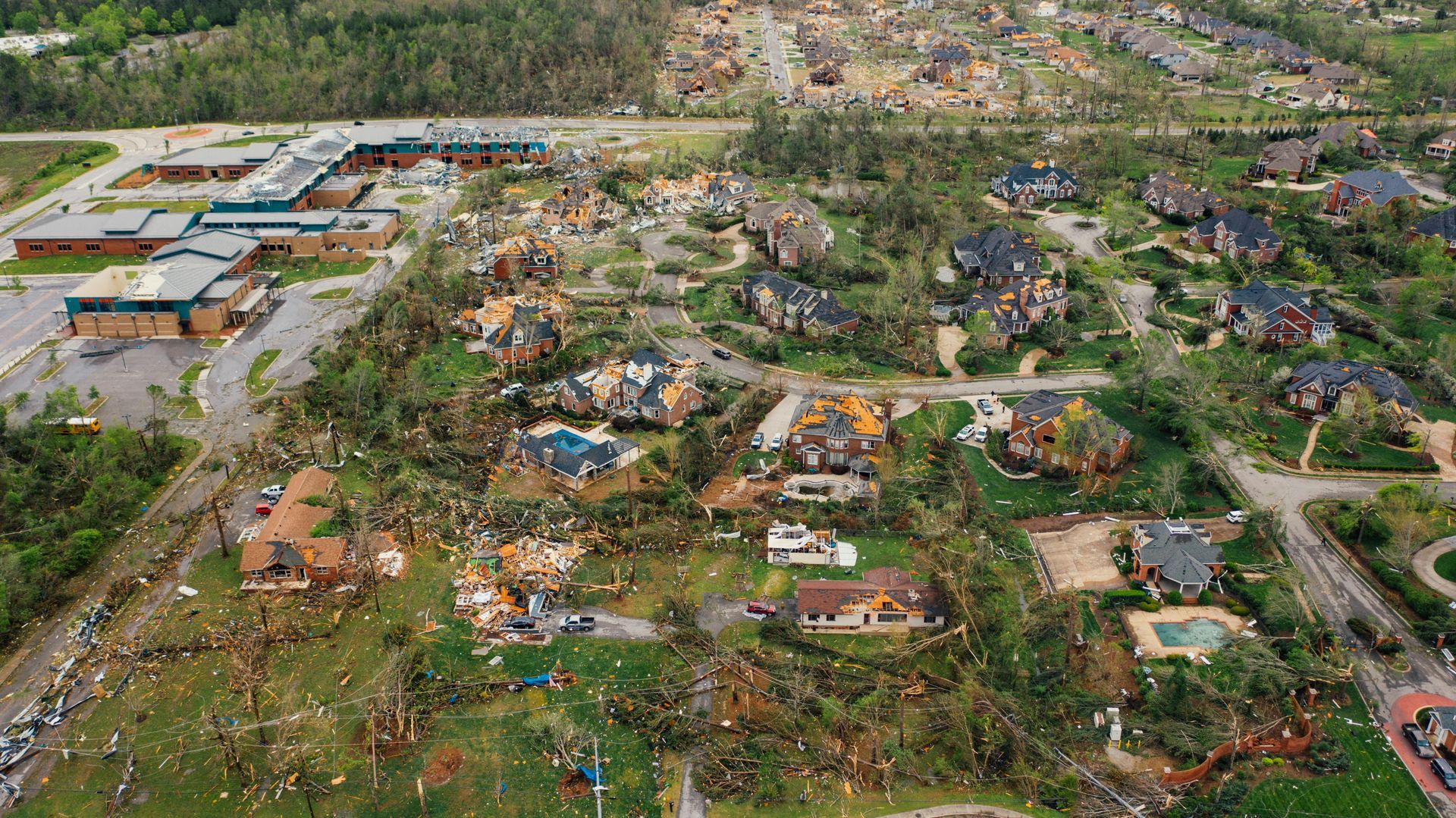How to Secure Your Business Before, During, and After a Natural Disaster
Natural disasters can strike at any time, leaving businesses vulnerable to devastating impacts. From hurricanes and floods to wildfires and earthquakes, the potential for damage is immense, but preparation can significantly mitigate risks. Securing your business before, during, and after a natural disaster is essential for protecting your assets, employees, and long-term survival. This comprehensive guide will help you create a disaster resilience plan that ensures your business is ready to withstand any challenge.
Before the Disaster: Laying the Foundation for Resilience
Preparation is key to minimizing the impact of natural disasters on your business. By taking proactive steps, you can protect your operations, safeguard your employees, and reduce downtime.
1. Assess Your Risks
Understanding your business’s vulnerabilities is the first step toward effective preparation. Conduct a risk assessment to identify potential hazards based on your location and industry.
- Evaluate Natural Disaster Risks: Are you in a flood zone, an earthquake-prone area, or a region susceptible to hurricanes or wildfires?
- Assess Infrastructure Weaknesses: Identify structural vulnerabilities in your building, such as aging roofs or windows, and address them.
- Review Critical Operations: Determine which operations and assets are most vital to your business continuity.
2. Create a Disaster Preparedness Plan
A well-documented disaster preparedness plan ensures everyone in your organization knows what to do in an emergency.
- Develop Evacuation Procedures: Map out evacuation routes and designate assembly points for employees.
- Establish Communication Protocols: Define how you’ll communicate with employees, customers, and vendors during a disaster.
- Assign Roles and Responsibilities: Delegate tasks to specific team members, such as shutting down equipment or securing documents.
- Test Your Plan: Conduct regular drills to ensure your team is familiar with the procedures.
3. Safeguard Physical and Digital Assets
Securing both tangible and intangible assets is critical for minimizing losses during a disaster.
- Backup Important Data: Use cloud storage or offsite backups to protect critical business data.
- Protect Physical Documents: Store essential records, such as contracts and insurance policies, in waterproof and fireproof containers.
- Fortify Your Building: Install storm shutters, upgrade to impact-resistant windows, and secure heavy equipment to reduce physical damage.
4. Review Your Insurance Coverage
Insurance is a critical safety net for businesses, but not all policies cover natural disasters. Review your policy carefully and ensure you have adequate coverage for your risks.
- Understand Your Coverage: Verify whether your policy includes flood, earthquake, or business interruption coverage.
- Document Your Assets: Maintain an up-to-date inventory of your assets, including photos and receipts, to facilitate claims.
- Work with Your Insurer: Ask your insurance provider for recommendations on risk mitigation measures.
During the Disaster: Protecting Lives and Operations
When a natural disaster occurs, your priority should be the safety of your employees and the protection of your business’s most critical functions. Clear communication and decisive action are crucial during this phase.
1. Communicate with Employees
Ensure all employees receive timely and accurate information about the situation.
- Activate Your Communication Plan: Use text messages, emails, or an employee app to share updates.
- Provide Safety Instructions: Offer guidance on sheltering in place or evacuating, depending on the disaster.
2. Secure Your Property
Take immediate steps to reduce damage to your building and equipment.
- Shut Off Utilities: Turn off gas, water, and electricity to prevent further damage or hazards.
- Reinforce Vulnerable Areas: Use sandbags, tarps, or plywood to protect against flooding, wind, or debris.
3. Maintain Business Continuity
If possible, keep essential operations running to minimize disruption.
- Implement Remote Work Plans: Allow employees to work remotely if your office is inaccessible.
- Rely on Backup Systems: Use backup power supplies or alternative communication methods to maintain critical functions.
4. Monitor the Situation
Stay informed about the disaster’s progress through reliable sources such as government agencies, weather updates, or local authorities.
After the Disaster: Recovery and Resilience
The aftermath of a natural disaster can be as challenging as the event itself. Focusing on recovery, restoration, and future-proofing ensures your business emerges stronger and more prepared for future incidents.
1. Prioritize Safety
Before returning to your business premises, ensure it is safe to do so.
- Inspect for Hazards: Look for structural damage, gas leaks, or electrical issues.
- Follow Local Guidelines: Adhere to instructions from local authorities regarding when it is safe to return.
2. Document the Damage
Comprehensive documentation is critical for insurance claims and recovery efforts.
- Take Photos and Videos: Capture clear, detailed images of all damaged areas and assets.
- Inventory Losses: List damaged or lost items and estimate their value.
- Retain Evidence: Do not discard damaged items until after your insurer has inspected them.
3. File Your Insurance Claim
Begin the claims process promptly to secure the funds needed for recovery.
- Contact Your Insurer: Notify your insurance company immediately and provide all necessary documentation.
- Work with Adjusters: Be present during the inspection to ensure all damages are accounted for.
- Follow Up Regularly: Stay in contact with your insurer to avoid delays.
4. Restore and Rebuild
Once your claim is processed, focus on restoring your business to full operation.
- Hire Trusted Professionals: Work with reputable contractors and restoration companies like Disaster South to repair damages efficiently.
- Replace Lost Assets: Use your insurance payout to replace essential equipment or inventory.
- Communicate with Stakeholders: Keep employees, customers, and vendors informed about your progress.
5. Evaluate and Improve Your Plan
Disasters offer valuable lessons. After recovering, take the time to review and improve your disaster preparedness plan.
- Analyze What Worked: Identify which aspects of your plan were effective and should be retained.
- Address Weaknesses: Determine what could be improved to enhance your response in the future.
- Train Your Team: Update your team on any changes to your plan and conduct additional drills.
Leveraging Support from Disaster South
At Disaster South, we understand the challenges businesses face during natural disasters. Our comprehensive services include:
- Risk Assessments: We help identify vulnerabilities and recommend protective measures.
- Restoration Services: From water extraction to structural repairs, we handle all aspects of recovery.
- Claims Assistance: Our team works with your insurer to ensure you receive the maximum payout for your claim.
- Business Continuity Planning: We collaborate with you to develop a customized plan for future resilience.
Conclusion: Strengthening Your Business Against Disasters
Natural disasters are inevitable, but their impact on your business doesn’t have to be. By preparing proactively, acting decisively during an event, and recovering strategically, you can protect your assets, support your employees, and ensure your business’s long-term success.
At Disaster South, we’re committed to helping businesses weather any storm. Whether you need assistance preparing for a disaster or recovering from one, our team is here to guide you every step of the way. Contact us today to learn more about how we can help secure your business before, during, and after a natural disaster. Together, we can build a more resilient future.









